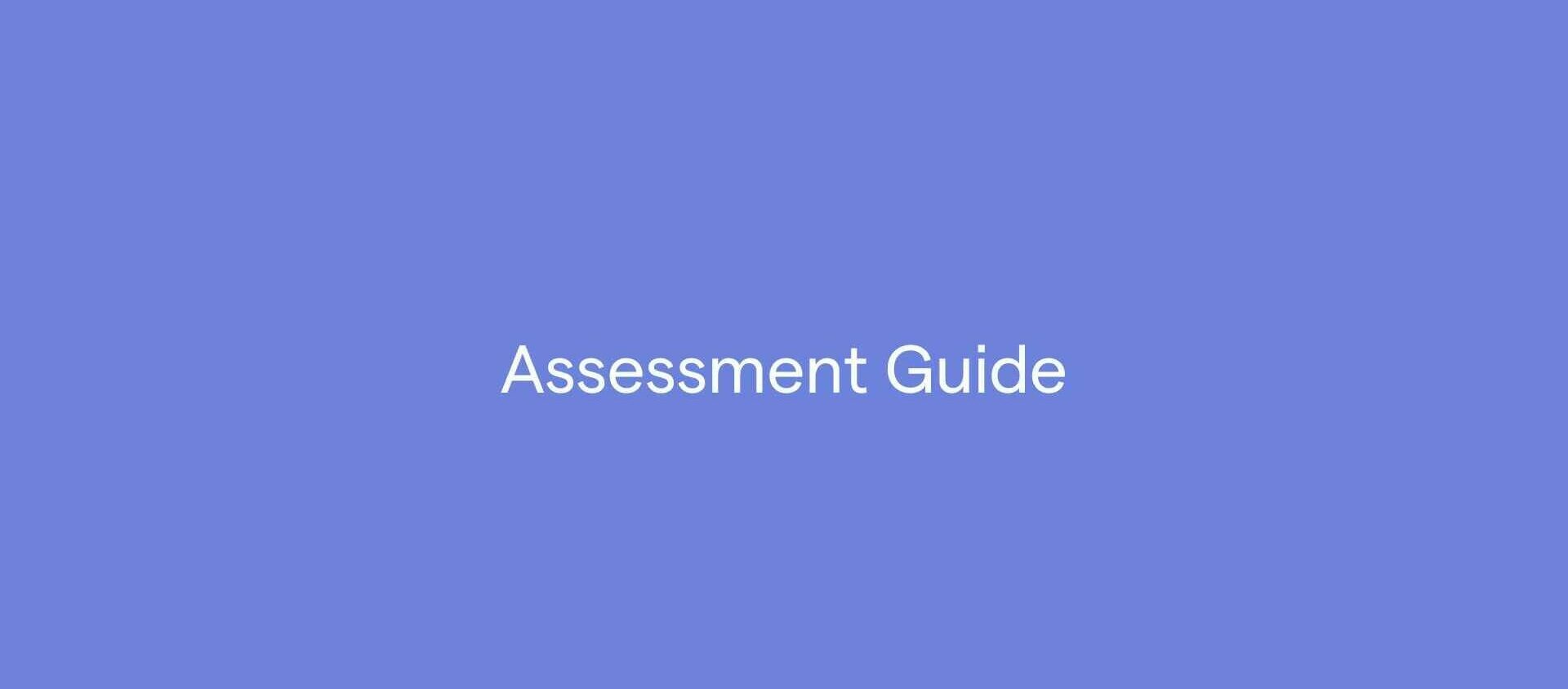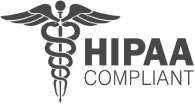Who is the C-SSRS Assessment For?
Review the list below to determine if this assessment should be used with your client. If you answer YES to both questions, the C-SSRS is likely a good fit to use with your client.
- Is your client over the age of 6?
- Has your client exhibited signs of suicidal ideation or behaviour?
The Scale
The self-report C-SSRS can be completed independently, without an interview. It consists of a series of yes/no questions about suicidal thoughts and behaviours, typically covering a timeframe ranging from the past month to the individual’s lifetime.
Ideation Assessment
- Questions assess the presence of suicidal thoughts, ranging from passive wishing to be dead to active planning.
- Respondents indicate if they have had these thoughts and how frequently they have occurred.
Behaviour Assessment
- Evaluates past suicide attempts, preparatory actions (e.g., writing a note, acquiring means), and the most severe attempt if applicable.
Risk Interpretation
- Responses help clinicians determine the level of risk and necessary interventions.
The number and specific questions asked in the assessment will vary based on the individual’s responses. The user responds with “yes” or “no” to indicate whether they have thought about suicide, whether they have attempted suicide or began an attempt, and how recent the thought or behaviour occurred.
The shortest screeners are condensed to a minimum of two and a maximum of six questions, depending on the responses, ensuring a streamlined and efficient way to assess whether a person is at risk and needs further support.
If the patient answers NO to question 2 for suicidal ideation, the assessment skips directly to question 6 to assess whether a recent attempt was made. If the patient answers YES to question 2, they will be asked all 6 questions to assess suicidal behaviour and preparation.
| SUICIDE IDEATION DEFINITIONS AND PROMPTS |
SINCE LAST CONTACT |
| Ask questions that are bold and underlined |
YES |
NO |
| 1) Have you wished you were dead or wished you could go to sleep and not wake up? |
|
|
| 2) Have you actually had any thoughts of killing yourself? |
|
|
| If YES to 2, ask questions 3, 4, 5 and 6. If NO to 2, go directly to question 6 |
3) Have you been thinking about how you might do this?
E.g. “I thought about taking an overdose, but I never made a specific plan as to when, where or how I would actually do it…and I would never go through with it.” |
|
|
4) Have you had these thoughts and had some intention on acting on them?
As opposed to “I have thoughts, but I definitely will not do anything about them” |
|
|
| 5) Have you started to work or worked out the details of how to kill yourself and do you intend to carry out this plan? |
|
|
6) Have you done anything, started to do anything, or prepared to do anything to end your life?
Examples: Collected pills, obtained a gun, gave away valuables, wrote a will or suicide note, took out pills but didn’t swallow any, held a gun but changed your mind or it was grabbed from your hand, went to the roof but didn’t jump; or actually took pills, tried to shoot yourself, cut yourself, tried to hang yourself, etc. |
|
|
Scoring the C-SSRS
The C-SSRS does not provide a numerical score but categorizes risk levels based on responses:
- No or Low Risk: No suicidal ideation or behaviours reported.
- Moderate Risk: Suicidal thoughts with some intent or planning but no action taken.
- High Risk: Suicidal ideation with intent, plan, or recent suicidal behaviours.
The patient is at low risk if they answer YES solely to questions 1 or 2. The patient is at moderate risk if they answer YES to question 3. If the patient answers YES to question 4, 5, or 6, they are at high risk of suicidality.
| Scoring: The C-SSRS does not provide a numerical score but categorized risk levels based on responses: |
| No or Low Risk: No suicidal ideation or behaviors reported. |
| Moderate Risk: Suicidal thoughts with some intent or planning but no action taken. |
| High Risk: Suicidal ideation with intent, plan, or recent suicidal behaviors. |
| The patient is at low risk if they answer YES solely to questions 1 or 2. The patient is at moderate risk if they answer YES to question 3. If the patient answers YES to question 4, 5, or 6, they are at high risk of suicidality. |
Interpreting the C-SSRS and Determining Next Steps
Results from the C-SSRS Self-Report should be reviewed by a clinician, counsellor, or crisis professional. If responses indicate significant risk:
- Immediate safety planning may be required.
- Referral to mental health services should be made.
- Crisis intervention steps should be taken if urgent risk is identified.
An organization can establish criteria or thresholds that determine what to do next for each client screened. Safety plans to coordinate further care for each risk level should be in place. Be prepared to take immediate action to support a patient if they are assessed as high risk for suicide.
Questions 4-6 indicate a high risk for suicidal behaviour. When this assessment is completed on the Greenspace platform, a flag and date of response are placed on the client profile to highlight suicidality, which indicates that the client has scored high risk on the C-SSRS or another measure that monitors for this risk.
Note: The C-SSRS is a tool to aid in the assessment of suicide risk and should not replace comprehensive clinical evaluations. Always consult with or refer to mental health professionals when significant risk is identified
Copyright Information
Developed by The Columbia Lighthouse Project.
References
About the protocol – the columbia lighthouse project. The Columbia Lighthouse Project – Home of the Columbia-Suicide Severity Rating Scale (C-SSRS): a series of simple, plain-language questions that anyone can use to assess suicide risk. (2024, April 5). https://cssrs.columbia.edu/the-columbia-scale-c-ssrs/about-the-scale/
Columbia-Suicide severity rating scale (C-SSRS). Columbia University Department of Psychiatry. (2024, March 28). https://www.columbiapsychiatry.org/research-labs/columbia-suicide-severity-rating-scale-c-ssrs
Posner, K., Brown, G. K., Stanley, B., Brent, D. A., Yershova, K. V., Oquendo, M. A., Currier, G. W., Melvin, G. A., Greenhill, L., Shen, S., & Mann, J. J. (2011, December). The Columbia-Suicide Severity Rating Scale: Initial validity and internal consistency findings from three multisite studies with adolescents and adults. The American journal of psychiatry. https://pmc.ncbi.nlm.nih.gov/articles/PMC3893686/
Suicide Prevention in Pediatric Populations. Montana DPHHS. (n.d.). https://dphhs.mt.gov/suicideprevention/toolkit/pediatric













